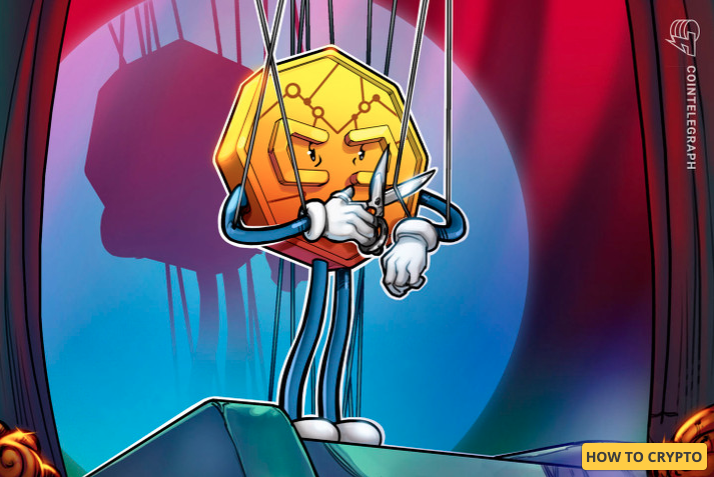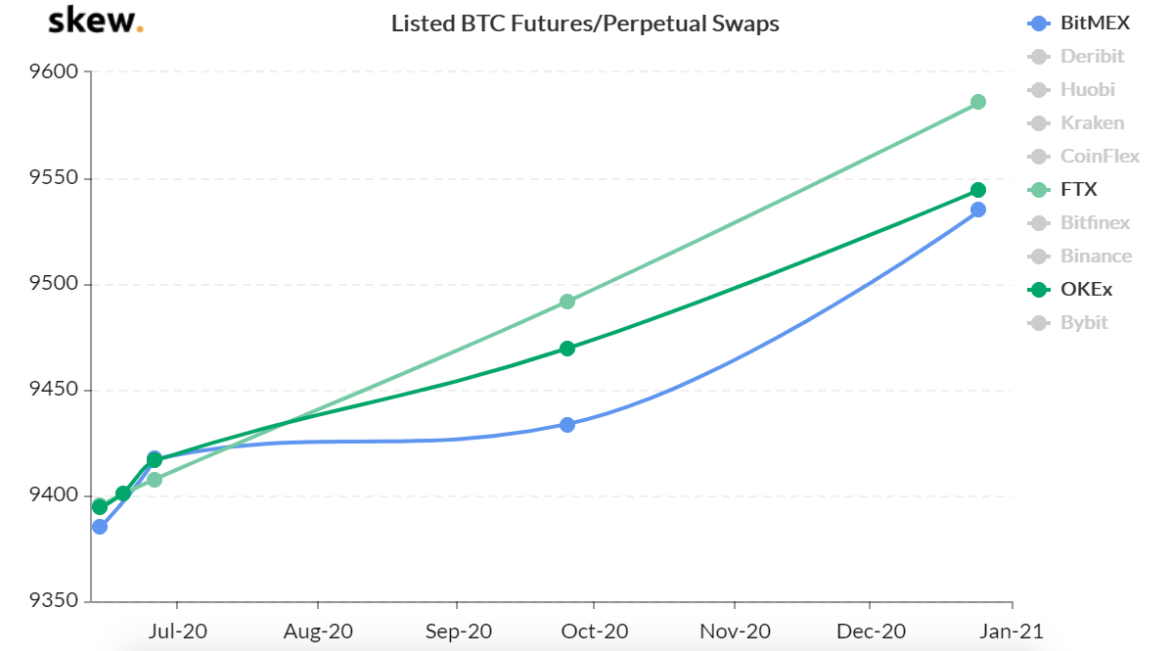
3 Ways Bitcoin Traders Can Spot and Avoid Crypto Market Manipulation
Institutions have embraced Bitcoin but BTC whales still impact the crypto market by using hidden orders and wash trading.

Image courtesy of CoinTelegraph
Unlike traditional financial markets, crypto exchanges are largely unregulated, and virtually every Bitcoin (BTC) and crypto trader is familiar with various stories detailing the degree to which certain aspects of crypto market price action is manipulated.
Despite this, many traders feel like there is little they can do to avoid the whims of whales and unethical market makers that shape the market to their advantage. Strategies like spoofing and hidden orders are common obfuscation tactics that savvy traders use to sway crypto prices.
Tracking manipulators' moves is a cat and mouse game, but there are strategies retail-size traders can use to circumvent them. Let's take a look at three strategies that whales use and how a trader can avoid being deceived by them.
Hidden orders
Hidden orders are used to place sizable undetected bids and asks on the exchange order book. They allow for the automatic replenishment (iceberg) after each fill, thereby avoiding detection on exchanges order books.

Example of an iceberg order. Source: OKEx (Click for larger view)
This strategy is the opposite of a buy/sell wall, where a trader spoofs the market by placing large orders with no intention of executing them. Hidden orders typically involve large amounts, and they are readily available for anyone to use at most cryptocurrency exchanges.
Most buy and sell walls are not meant to be executed; they are meant to represent large flow but are usually canceled the minute the market reaches their levels. Very few whales would self-report their flow before executing it.
A simple way to avoid being deceived by a hidden order is not to monitor the order book like a hawk. The less one relies on measuring order book depth, the better. Most exchanges allow traders to minimize the order book from the trading screen view.
Some traders do consider order book flow an essential part of their trading routine, and there are more sophisticated tracking programs readily available. It is worth noting that market makers and algorithmic traders know how to manipulate those as well.
Wash trading by using multiple exchanges Whales sometimes deceive the general public by posting large trades on heavily monitored exchanges while simultaneously doing the opposite on a smaller one. Professional traders could also be doing this either to profit from funding rate arbitrage, wash trading, but sometimes they are merely aiming to hide their real flow.
Market makers are usually paid for bringing flow to small venues, and they benefit from boosting their volumes on more significant exchanges in exchange for lower trading fees. Although this strategy is legal, it inflates volumes and is often used to delude traders into non-existent buy and sell flow.
Traders looking to avoid these tactics can ignore large individual trades and focus on longer price trends to prevent being misled.
Forced liquidation
As crazy as it may sound, sometimes a whale will prop up prices to liquidate their exposure. This holds especially true when the market is already overleveraged, a scenario which can be measured by a significant funding rate imbalance. To benefit from this tactic whales simply open an opposite position of similar size.
Forcing a liquidation oftentimes leads to a cascade of similar order flow and while most short sellers will suffer and the whale has its large short positions liquidated, the entity responsible for the forced liquidation also boosts their gains on the previous long contracts.
There is no way to predict whether an entity is building this kind of strategy but there is an important indicator one can monitor to avoid being on the wrong side of such moves.

BTC futures contracts per expiry date. Source: Skew (Click for larger view)
Comparing the premium on longer-term contracts to perpetual futures provides an unbiased tool that helps to gauge professional traders positions. A neutral market should display an ascending curve, ranging from a $50 to $150 premium which is equivalent to 0.5-1.5 percent depending on the maturity.
A flattish or inverted curve signals whales are heavily skewed to a bearish sentiment. On the other hand, any premium above 1 percent for contracts expiring within three months is a bullish indicator.
Main takeaways
As previously stated, professional traders go to great lengths to avoid detection. They do the exact opposite when they intend to utilize buy and sell walls to benefit from the resulting FUD and FOMO.
Unfortunately, there is not a 100% transparent, auditable indicator that can monitor manipulative tactics, especially in a market that has nearly zero fees for large traders.
As the markets continue to grow but also remain outside the reach of financial regulators, obfuscation and spoofing strategies could become more widely used.
As a rule of thumb, retail traders should learn to take a longer-term view on crypto price action instead of watching charts measured in minutes because a bird’s-eye view provides a more general sense of the trend and what is occurring in the market.
The views and opinions expressed here are solely those of the author and do not necessarily reflect the views of Cointelegraph. Every investment and trading move involves risk. You should conduct your own research when making a decision.
Original article posted on the CoinTelegraph.com site, by Marcel Pechman.
Article re-posted on Markethive by Jeffrey Sloe





